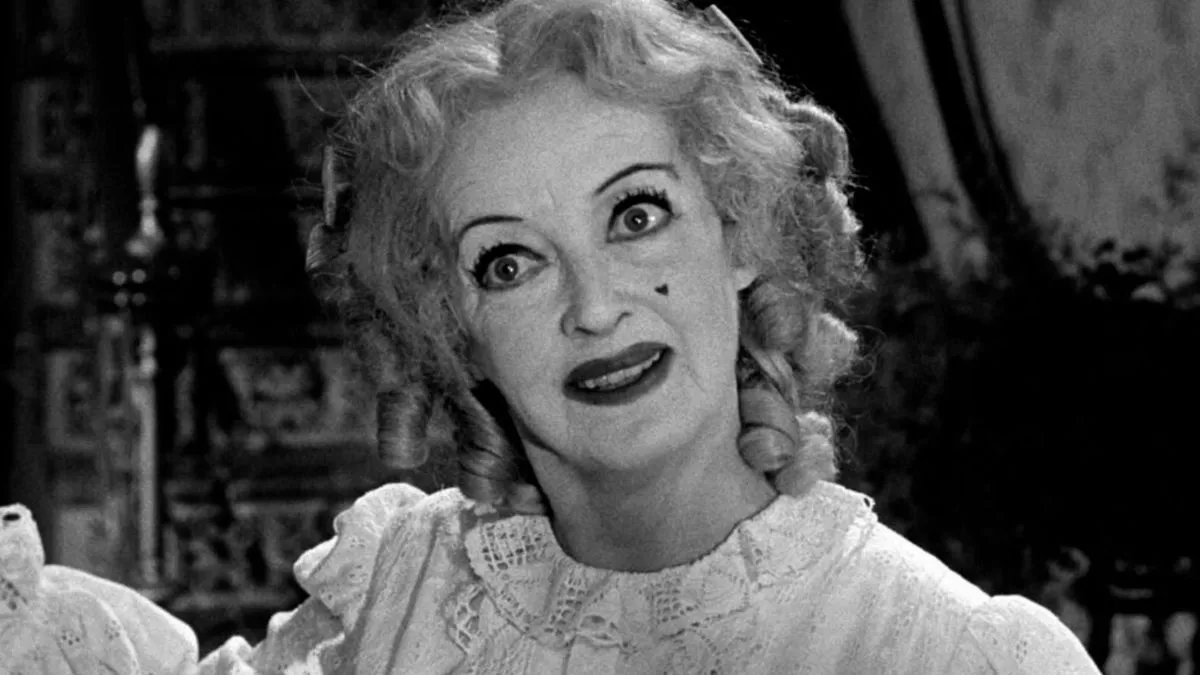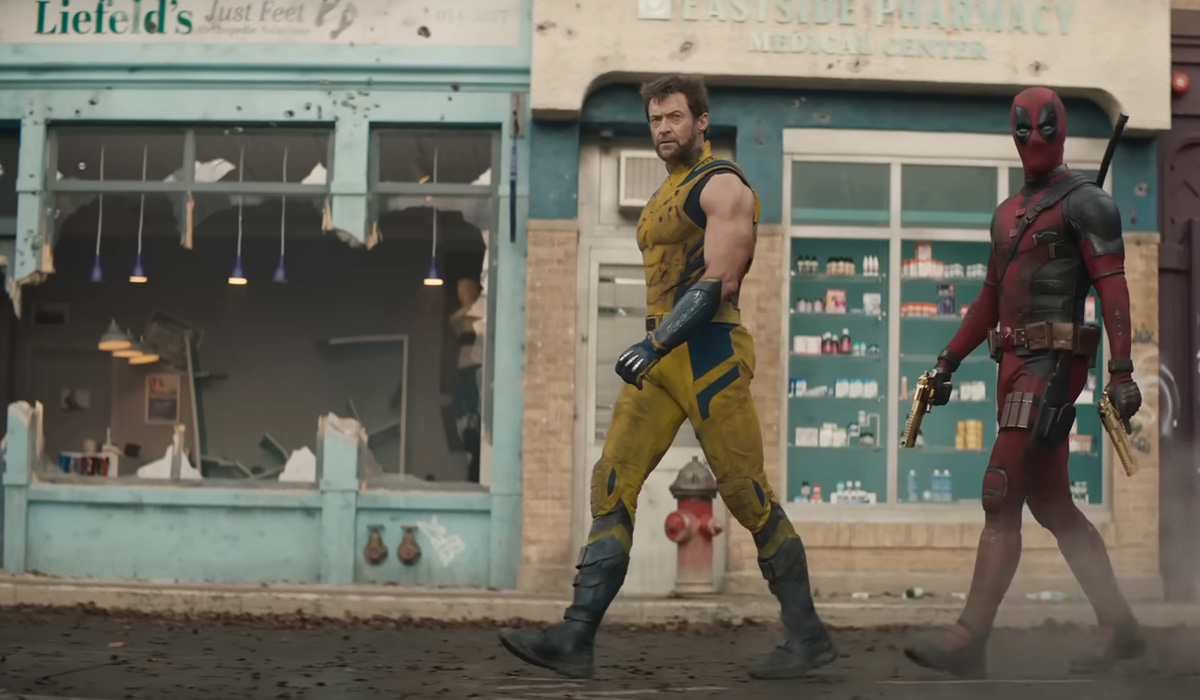Leigh Whannell’s The Invisible Man confirms multiple, evident truths. For starters, Universal’s slate of classic monsters isn’t destined for only failed reboots and doomed cinematic worlds. Whannell, while modernizing an unseeable villain, doubles-down on his ability to thrive within Blumhouse’s tight-wallet model. Movies like The Mummy and The Wolfman benefit from healthier studio investment, yet Whannell’s 2020 “shoestring” comparison won’t likewise vanish into obscurity. H.G. Wells’ creation gets a technological makeover with social urgency at its core, ever the chilling representation of in-your-face horrors despite methods that erase terror from plain sight.
Balk not, dear reader. Dread is always looming, lurking, in a triggered adaptation that understands (enough) how we sometimes fail those victims strong enough to speak up for themselves.
Elisabeth Moss stars as Cecilia Kass, introduced on the night she escapes from her relationship imprisonment with renowned optics researcher Adrian Griffin (Oliver Jackson-Cohen). She’s haunted by her dominating ex-lover’s grasp on control, even when she receives news of his suicide. With Adrian gone, everyone urges Cecilia to move on – but the “freed” woman experiences happenings that drive her to suspect Adrian is using death as a cover-up. Somehow, someway, he’s invented the possibility of stalking Cecilia out of view. Now if only sister Alice (Harriet Dyer), lawman friend James (Aldis Hodge), and James’ daughter Sydney (Storm Reid) will believe her rants.
It’s horror on a psychological, “always watching” level that pulls from Oren Peli’s Paranormal Activity (early mind games) to Whannell’s own Upgrade (later action sequences). What’s scary is how we can hear Adrian’s audible presence despite staring at an empty doorway, yanking at strands of paranoia. What’s creepy is watching stove burners increase heat “at random” or knives floating in midair, defying laws of physics and rationale. What’s terrifying is putting ourselves in Cecilia’s shoes, where her larger unraveling paints a stark-raving madwoman who blames ghosts from her past for deranged actions of her present. Manipulated by trauma, scarred by gaslighting, pushed repeatedly to “move on” by those who now see Cecilia’s emotional damage as a blamable weakness.
Quite honestly? I’d ask if we could please stop making Elisabeth Moss play these broken, abused roles, except her talents are always showcased. The Invisible Man is no different.
Cecilia’s arc displays how we can physically escape real-world nightmares but still live with those horrors for days, weeks, even years after achieving “safety.” Moss’ individuality crumbles under the pressures of, say, running from James’ front door to mailbox because Adrian might be hiding outside. As her fears morph into truths thought to be tall tales, Moss unravels as her character grapples with constant endangered pursuit but also society’s inability to provide protection. Repeatedly stereotyped as the psyche-ward-crazy liar until she outright embodies one, because that’s easier than comprehending how one seemingly normal man could be so maniacally obsessive and outright evil. It’s a triumphant performance for Moss as she fights against apparent nothingness, Cecilia’s “instabilities,” and a grander metaphor given current gender dynamic climates that’ve become forefront headlines in recent years (who needs subtlety).
While actors all deliver, Hodge’s facts-man and Reid’s collateral kiddo included, The Invisible Man takes suspect liberties when advancing plotlines. Expected dramas that follow an anything-but-bulletproof narrative, like hateful emails that go unquestioned or multiple instances where knee jerk reactions only favor immediate plotting. The way Adrian’s masterplan is enacted in certain scenes grants him unstoppable powers, or even defies sensibility as Cecilia is blamed for smacking Storm despite sitting nowhere near enough to the now cowering teenager. Moss nevertheless takes the baton that is Whannell’s script and dashes forward to victorious applause, but some might expect a more airtight thriller – which isn’t the result. Clever themes, emboldened performances, just a more traveled trail-way from start to finish.
What Whannell unequivocally nails is maximizing Blumhouse’s monetary formula for a product that feels more expensive and sci-fi expansive. I said it in my Upgrade review, and I’ll say it now twice: Whannell’s ability to represent blockbuster appeal on a “meager” studio allowance (in comparison) exists unparalleled in today’s Hollywood. From “invisible” fight sequences to Griffin’s basement laboratory under his cliffside Tony Stark mansion, production design and meatier visual values never cheapen. Whannell’s confidence behind the camera translates into disturbing glimpses of Cecilia “levitating,” centered between suburban homelife accents, or frantic camerawork as security guards are pummeled one-after-another by an unexplainable foe. For a second time, I struggle to define who I appreciate more: Whannell the writer, or Whannell the director (here it’s undoubtedly the director).
The Invisible Man gets far more right in depicting a constant threat that’s never optically ingested yet is always, at every moment, hovering over our shoulders. I would love to see how a female filmmaker might handle a few of the movie’s more overused hinge moments (some will argue it’s needed), but Leigh Whannell does a damn fine job manifesting unnerved tension and sustaining Cecilia’s downfall right in front of everyone’s eyes. A new generation now has their “Invisible Man,” one who’s benefitted by contemporary contextualization and takes H.G. Wells’ source into fiercer, more alarming dangers (with Whannell’s signature bite). It’s maybe, quite realistically, the driving force behind yet another “Dark Universe” of horror revamps that might actually stick this time.









